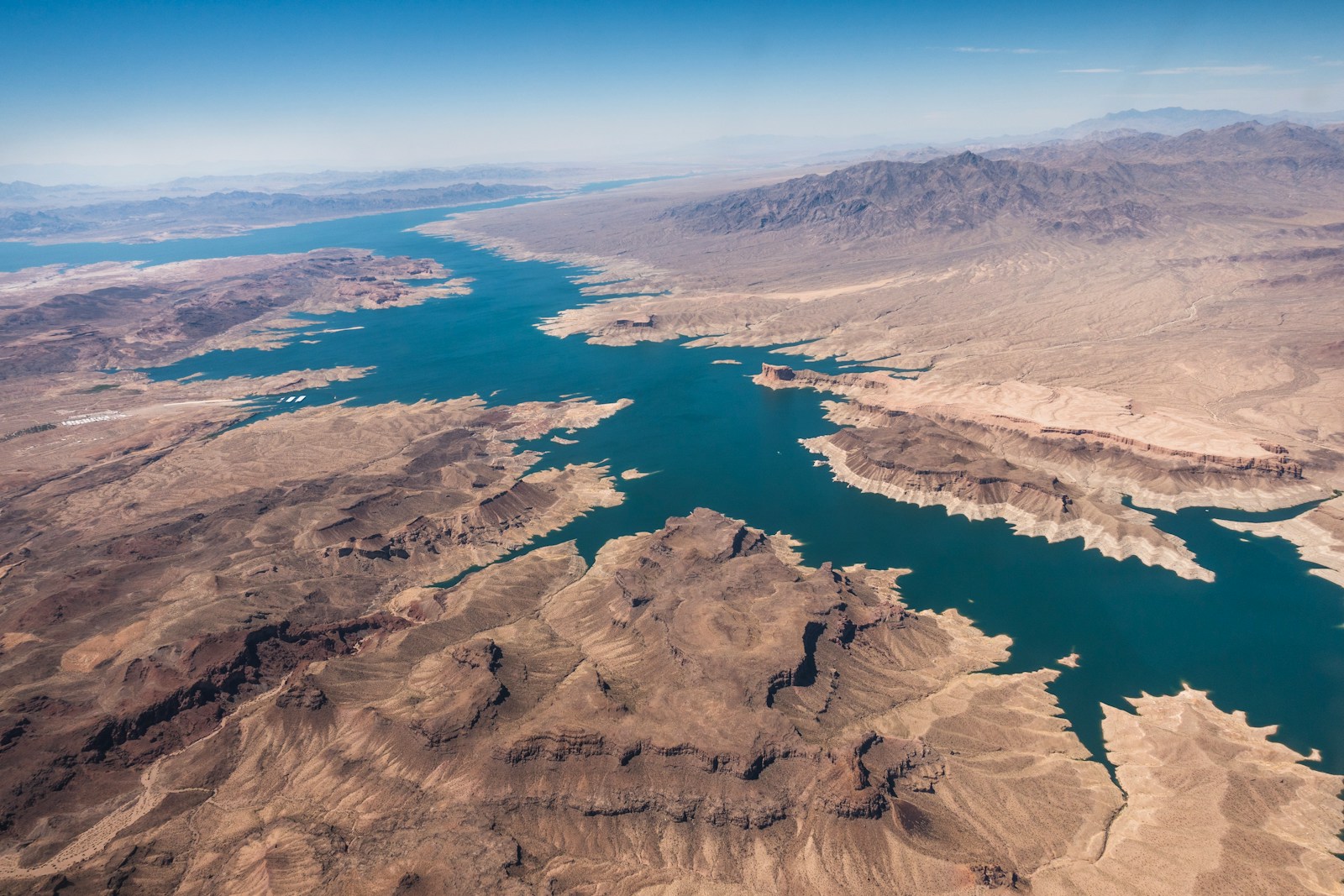Table of Contents
ToggleIntroduction:
Lawns are the symbol of the American Dream, a well-maintained, lush green lawn is the pride of homeowners, but at what cost? Lawns consume excessive water, need constant maintenance, and use toxic chemicals that harm the environment. The good news is that we can make our lawns more sustainable by rewilding them. Rewilding lawns is a process of converting the manicured lawn into a natural habitat that supports local wildlife, increases biodiversity, and reduces carbon footprint. In this article, we will discuss what rewilding lawns is, why it is important, and how to do it.
What is Rewilding Lawns?
Rewilding lawns is a process of transforming the traditional manicured lawn into a more natural habitat that supports the local ecosystem. The goal is to restore the ecological functions of the lawn by reducing mowing, adding native plants, and promoting biodiversity. The rewilding process can be done in various ways, depending on the lawn’s size, location, and soil type. Some people may choose to let their lawns grow wild, while others may create a meadow-like environment by planting native wildflowers and grasses.
Why is Rewilding Lawns Important?
Rewilding lawns is crucial for various reasons, including:
Promoting biodiversity: Traditional lawns have limited biodiversity, while rewilding lawns can create a more diverse habitat for insects, birds, and other wildlife. The native plants provide food, shelter, and nesting sites for various species, creating a self-sustaining ecosystem.
Reducing carbon footprint: Lawns are a significant source of carbon emissions due to mowing, watering, and fertilizing. Rewilding lawns can reduce the need for these activities, ultimately reducing carbon emissions.
Conserving water: Traditional lawns require a lot of water, especially in arid regions. Rewilding lawns can help conserve water by promoting drought-resistant native plants that require minimal watering.
Reducing maintenance costs: Maintaining a traditional lawn can be costly, with expenses such as mowing, fertilizing, and pest control. Rewilding lawns can reduce these costs by reducing the need for these activities.
How to Rewild a Lawn?
The following steps can help you rewild your lawn:
Step 1: Evaluate the lawn
The first step is to evaluate the lawn’s size, location, and soil type. This evaluation will help determine the best rewilding method for your lawn.
Step 2: Reduce mowing
Reducing mowing is an essential step in rewilding lawns. Longer grass provides a habitat for insects and small animals, ultimately promoting biodiversity. You can reduce the frequency of mowing or choose to stop mowing altogether.
Step 3: Remove invasive species
Invasive species can outcompete native plants and harm the local ecosystem. It is crucial to remove invasive species before rewilding the lawn.
Step 4: Add native plants
Adding native plants is the key to rewilding a lawn. Native plants are adapted to the local climate, require minimal maintenance, and provide food and shelter for local wildlife. Choose native plants that are appropriate for your region and soil type.
Step 5: Promote biodiversity
Promoting biodiversity is crucial to rewilding lawns. You can achieve this by planting a variety of native plants that bloom at different times of the year, creating a diverse habitat for local wildlife.
Step 6: Maintain the lawn
Maintaining a rewilded lawn is minimal. You may need to remove weeds occasionally, water during dry spells, and mow once or twice a year to prevent woody plants from taking over.
Conclusion:
Rewilding lawns is a growing trend that aims to restore natural habitats and promote biodiversity in urban and suburban areas. By replacing traditional manicured lawns with native plants and allowing them to grow naturally, we can reduce water usage, improve soil health, and provide essential habitats for pollinators, birds, and other wildlife. Moreover, rewilding lawns can enhance the aesthetic value of our surroundings while also benefiting the environment. So, why not consider rewilding your lawn and join the movement towards a more sustainable and biodiverse future?








1 thought on “Rewilding Lawns: Benefits for Biodiversity and Wildlife Habitat”
Pingback: Climate-Smart Lawn Practices: Tips for a Greener, Healthier Yard